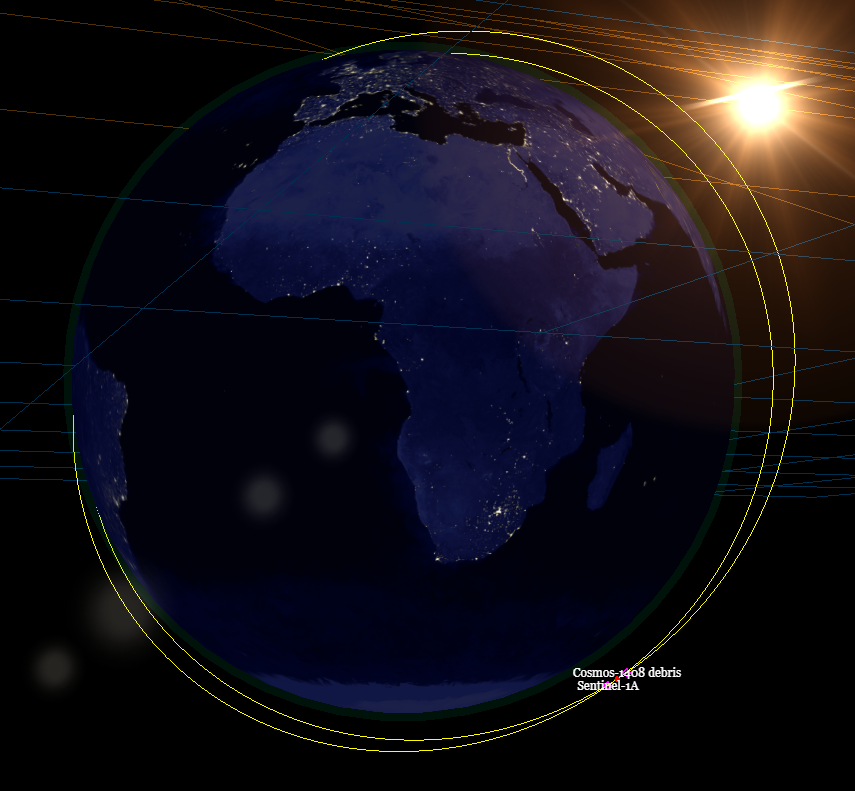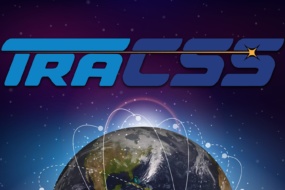We haven’t seen the last of the debris cloud created by a Russian ASAT test last November. At the time, the debris field forced astronauts aboard the ISS to shelter in place while the station navigated around.
Now, ESA says that its Sentinel 1A spacecraft had to make a last-minute maneuver to avoid a head-on collision with a chunk of junkfrom Kosmos-1408, a Soviet-era spy satellite. How the near-miss went down, per ESA Ops…
- Mission control had less than 24 hours of warning before the collision would have occurred.
- The team adjusted Sentinel 1A’s orbit by 140m to get around the piece of debris, which was several centimeters wide.
- Sentinel 1A orbits at ~690km. Kosmos-1408 orbited ~200km below, but when kaboomed the explosion “the energy released during its explosion pushed fragments of it all the way up, intersecting our orbit.”
The big picture
ASAT testing has been widely decried across the space industry and by major spacefaring powers after the Russian test in November. The practice creates debris fields that spread out into other orbits, endangering spacecraft at a wide range of altitudes.
The Sentinel mission control team was able to navigate around this particular piece of debris. Other operators may not be so lucky, whether due to a lack of warning or an inability to quickly maneuver satellites from their set orbits. Collision could set off a chain reaction (the dreaded Kessler effect). More sustainable, responsible behavior in space is needed to maintain the safety of the orbital environment.




